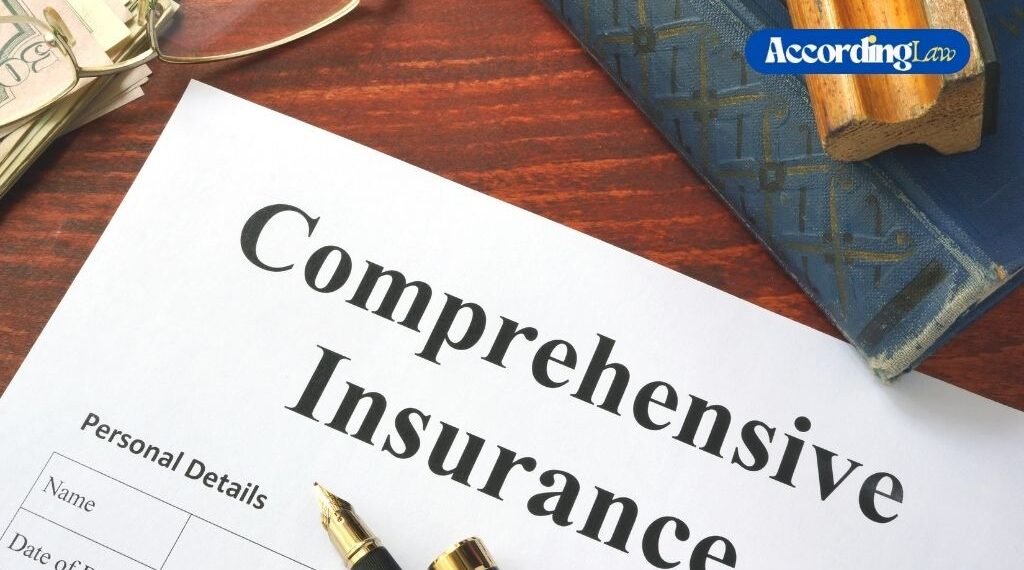Construction sites are among the most dangerous workplaces, and when accidents happen, determining who is legally responsible can be complex. In many cases, injured workers pursue compensation through New York’s Labor Law statutes, some of which impose strict or even absolute liability on property owners and contractors. However, not all construction accidents fall neatly within those protections. In situations where statutes like Labor Law § 240 do not apply, an injured party may need to prove negligence to recover damages. A qualified construction accident lawyer can help evaluate the circumstances of a case and determine whether negligence must be established. This article explores when negligence is necessary in a construction accident case, how it is proven, and the evidence typically required to support such claims.
Table of Contents
When Is Negligence Required in a Construction Accident Case?
Not every construction accident case requires the injured party to prove negligence. In New York, certain labor laws—particularly Labor Law § 240, often referred to as the “Scaffold Law”—impose absolute liability on property owners and general contractors for gravity-related accidents, such as falls from heights or being struck by falling objects. When this law applies, a worker can recover damages without showing that the owner or contractor was negligent.
However, not all accidents are covered under Labor Law § 240. For example, if a worker is injured due to unsafe site conditions, defective equipment unrelated to elevation, or actions of third parties, the protections of § 240 may not apply. In those instances, the injured party may need to pursue a claim under general negligence or Labor Law § 200, which is rooted in common-law principles and requires proof that the defendant had control over the work site and failed to provide a reasonably safe environment.
How Negligence Is Established When It Is Required
When a construction accident isn’t covered by strict liability laws like Labor Law § 240, the case typically proceeds as a personal injury claim based on negligence. In these situations, the injured worker must prove that another party failed to exercise reasonable care under the circumstances. Legally, negligence means a failure to act with the level of caution that a reasonably prudent person would in a similar situation. To succeed in a personal injury case arising from a construction accident, the plaintiff must establish four key elements:
For instance, if a worker slips on an oil spill that had been reported but left unaddressed by the site manager, a court may find the manager breached their duty of care. However, if the hazard arose suddenly and no one had a reasonable opportunity to fix it, proving negligence becomes more difficult.
Evidence and Legal Strategy in Construction Negligence Claims
Proving negligence in a construction accident case requires more than just showing that an injury occurred. Success often hinges on the quality and relevance of the evidence presented. Key types of evidence commonly used include:
In addition to gathering strong evidence, plaintiffs must be prepared to counter common defenses used by the opposing side. These might include arguments that the worker was solely responsible for their own injuries, that the danger was “open and obvious,” or that the defendant lacked control over the work area.
Timing is also critical. New York imposes strict deadlines for filing personal injury claims, and evidence tends to degrade or disappear over time. Acting promptly can make a significant difference in the outcome of a case.
Construction accident cases can vary widely in how liability is determined. While some claims, particularly those under New York Labor Law § 240—may involve strict or absolute liability, others require a clear showing of negligence. Understanding when and how negligence must be established is essential for pursuing fair compensation. By examining the circumstances of the accident, identifying the responsible parties, and collecting solid evidence, injured workers can build a compelling case and protect their legal rights. Whether liability is presumed or must be proven, the path to recovery starts with a clear understanding of the law.


